Thyme might be small, but it packs a powerful punch—both in the garden and the kitchen. Known for its earthy aroma, resilience, and wide range of uses, this Mediterranean herb is one of the easiest and most rewarding plants to grow, even for beginners.
In this guide, we’ll walk you through how to grow thriving thyme plants at home—whether in containers, garden beds, or even indoors—and explore the many ways to use thyme in cooking, natural remedies, and landscaping. Once you start growing it, you’ll wonder how you ever lived without it.
Fragrant, low-maintenance, and endlessly useful—thyme truly earns its place in every garden.
Growing Thyme from Seeds
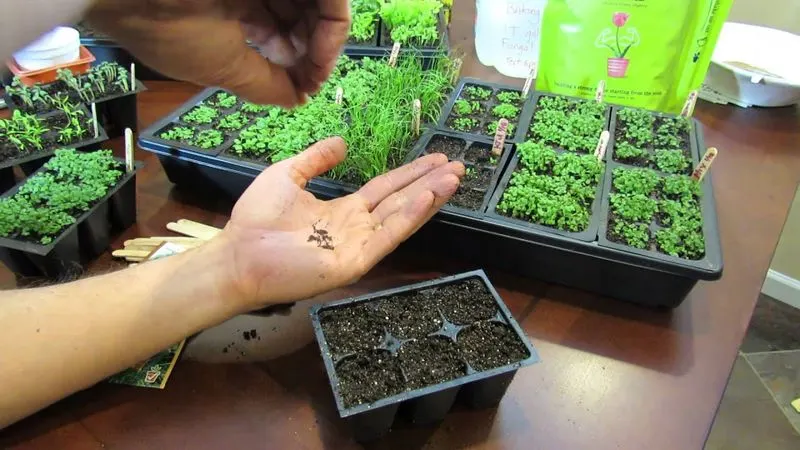
Thyme can be conveniently grown from seeds. Begin with a well-draining soil mix, lightly covering the seeds and keeping them moist. A sunny windowsill offers the perfect spot for germination. Patience is key, as thyme takes its time to sprout. Once the seedlings appear, ensure they receive ample sunlight. Regularly thin the seedlings to allow the strongest to thrive. This herb’s slow start rewards you with an aromatic plant that enhances both your garden and your culinary creations.
Thyme in History
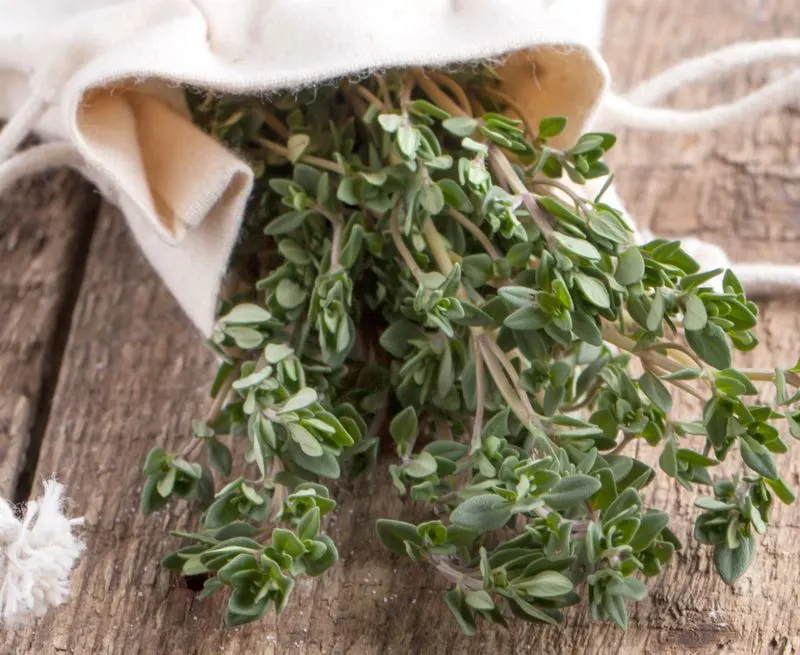
In ancient times, thyme symbolized courage and was often used in rituals. The Greeks burned it as incense in temples, believing it brought strength. Roman soldiers bathed in thyme-infused water for vigor before battles. This storied herb has woven itself through history, influencing cultures across the ages. Its presence in historical texts and art highlights its longstanding significance. Today, thyme retains its place in both gardens and kitchens, a testament to its enduring appeal.
Companion Planting with Thyme
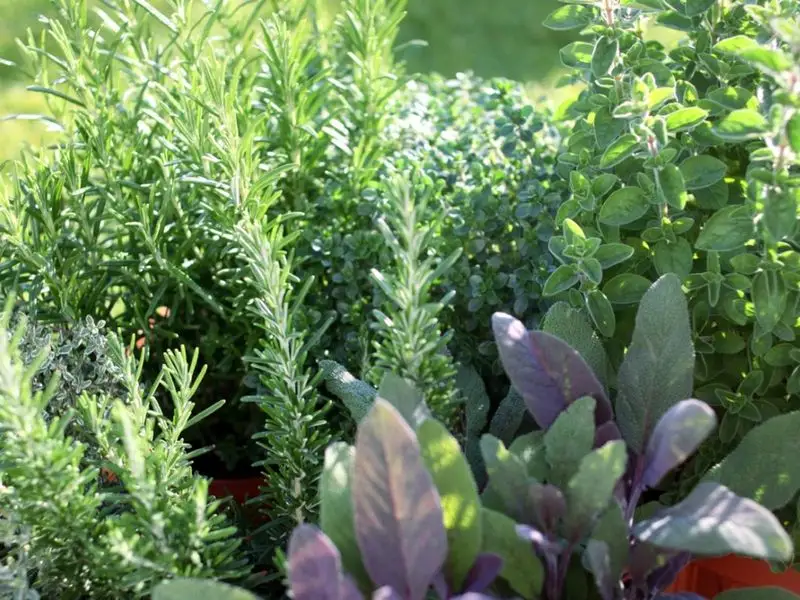
Thyme’s compatibility with other plants makes it a valuable addition to any garden. It thrives alongside tomatoes, enhancing their flavor and helping to deter pests. Planting thyme near lavender creates a fragrant garden oasis. This herb’s low-growing nature makes it an ideal border plant, adding visual interest while benefiting its neighbors. The synergy achieved through companion planting with thyme boosts the health and productivity of your garden.
Cooking with Fresh Thyme
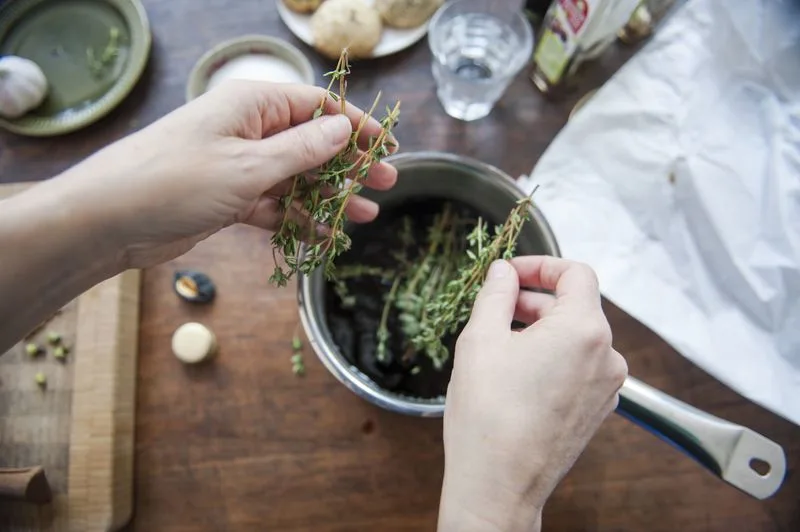
Fresh thyme brings a burst of flavor to a variety of dishes. Its subtle earthy notes enhance soups, stews, and roasted meats. When adding thyme to your culinary creations, strip the leaves from the woody stems for the best flavor. A sprig of thyme can elevate a simple roast chicken into a gourmet delight. This versatile herb is a staple in Mediterranean and French cuisines, offering depth and complexity to everyday meals.
Preserving Thyme for Later Use
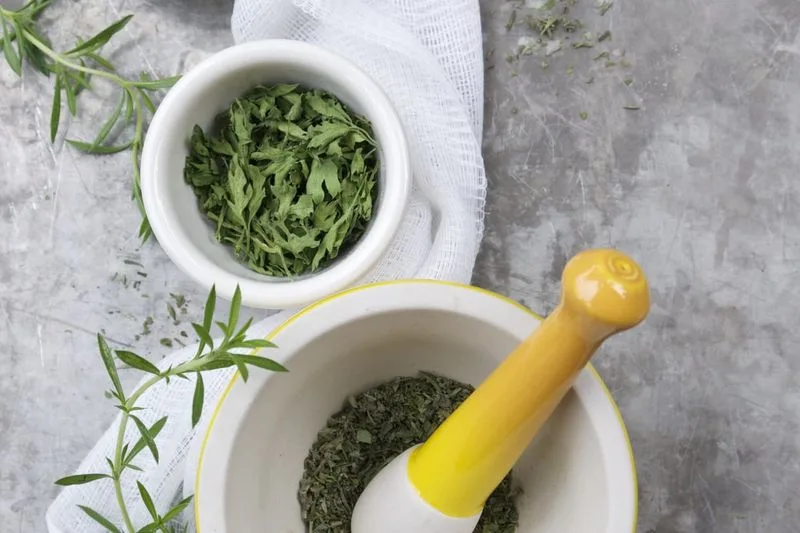
Preserving thyme ensures you enjoy its flavor year-round. Drying is a popular method; simply tie small bundles and hang them in a well-ventilated area. Once dry, strip the leaves and store them in airtight containers. Alternatively, freezing thyme in olive oil cubes locks in its fresh taste. These preserved forms retain the herb’s essence, ready to enhance your dishes long after the growing season ends.
Thyme Tea and Its Benefits
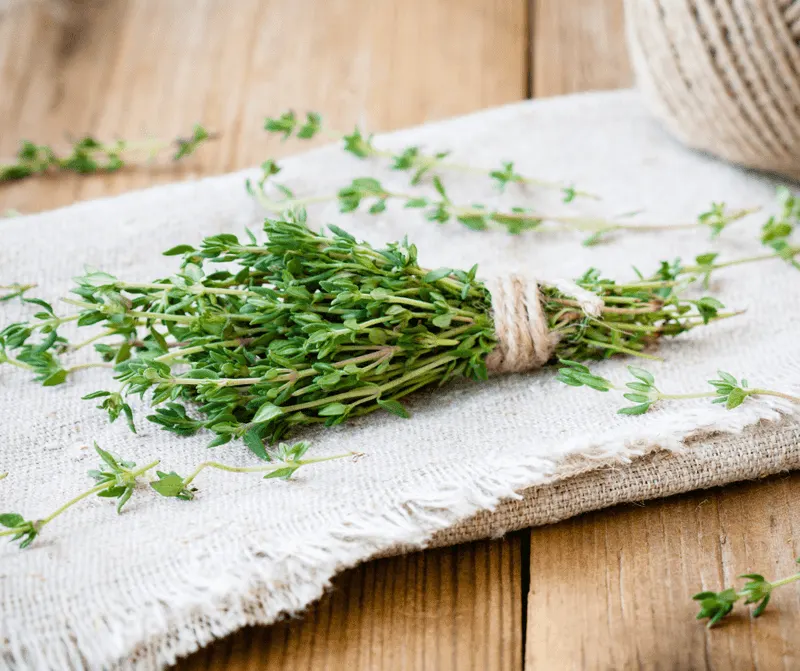
Thyme tea offers a soothing experience with potential health benefits. Steep fresh thyme sprigs in hot water to release its aromatic oils. This herbal infusion is often enjoyed for its potential to ease respiratory issues and support digestion. Adding a touch of honey complements its earthy taste, creating a comforting beverage. Thyme tea’s simple preparation and natural properties make it a favored choice for wellness enthusiasts.
Using Thyme in Natural Remedies
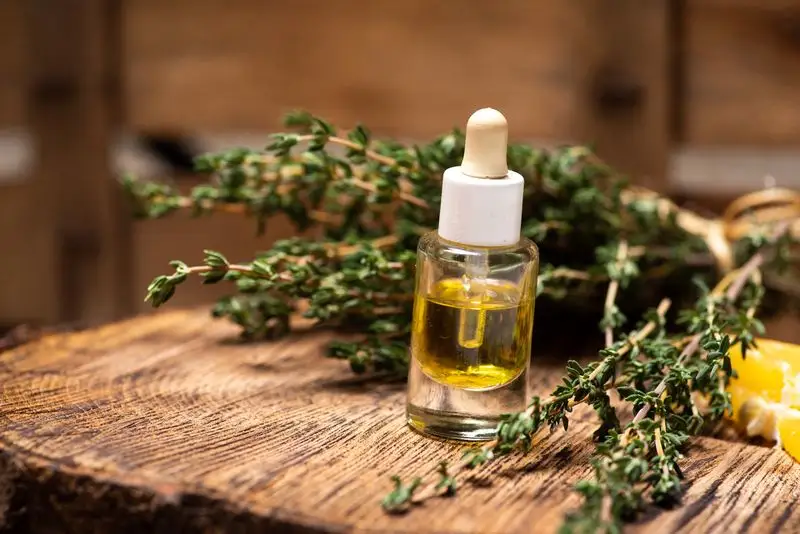
Thyme’s antiseptic properties make it a staple in natural remedies. Create a thyme-infused oil as a base for homemade salves or balms. This herb’s essential oil is often used in aromatherapy for its calming effects. Incorporating thyme into natural cleaning solutions harnesses its antibacterial qualities. Its versatility in DIY remedies offers a natural approach to wellness and home care, making it a cherished ingredient beyond the kitchen.
Caring for Thyme in Containers
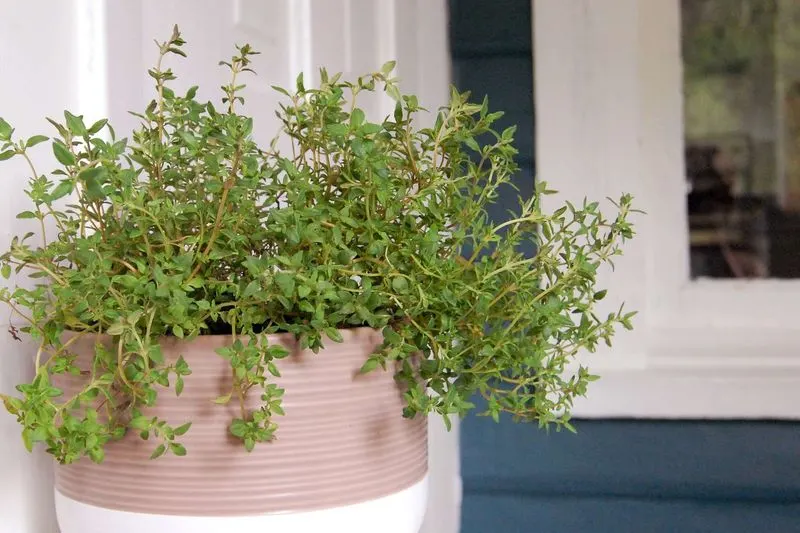
Container gardening suits thyme well, offering flexibility for those with limited space. Choose a pot with good drainage and fill it with a well-draining soil mix. Position the container where it will receive plenty of sunlight. Regular watering is essential, but avoid waterlogging. Prune the plants to encourage bushy growth. Caring for thyme in containers allows you to enjoy its fragrance and culinary uses, even in urban settings.
Thyme Essential Oil and Aromatherapy
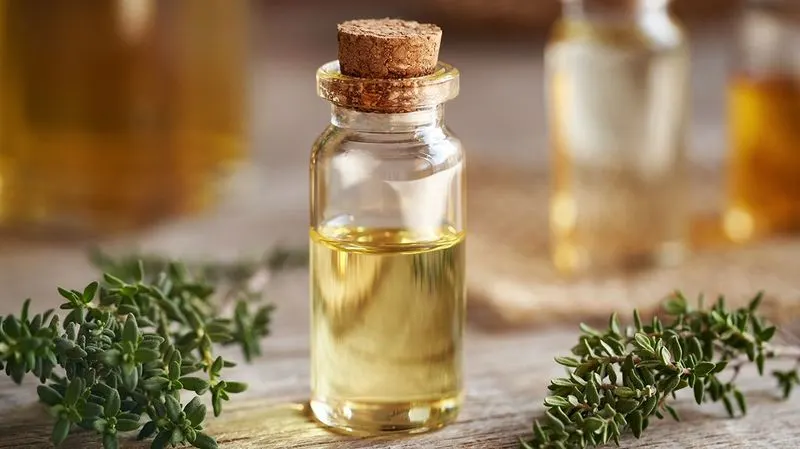
Thyme essential oil is prized in aromatherapy for its invigorating scent and therapeutic effects. Often used to relieve stress, it can be diffused in the air or added to baths. The oil’s warming properties make it popular in massage blends. Combining thyme oil with carrier oils creates soothing balms for muscle relief. This essential oil’s versatility enhances both physical and emotional well-being, offering a natural path to relaxation.
Thyme Varieties to Explore
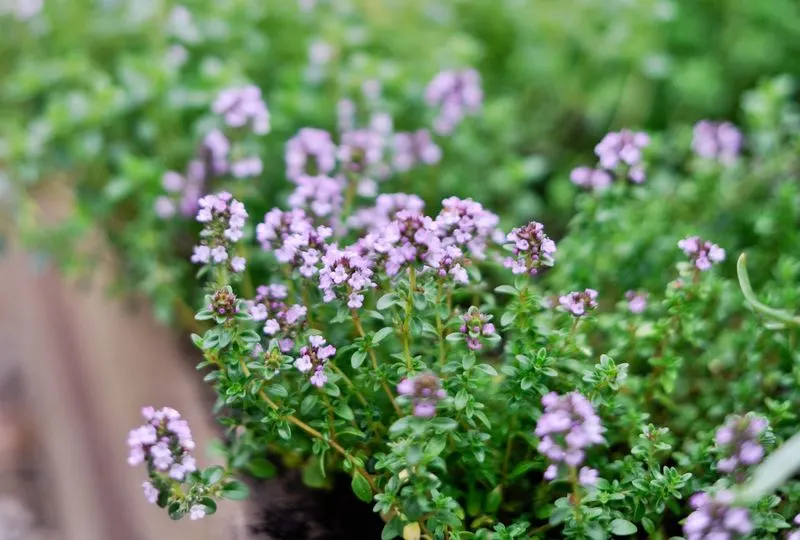
Thyme is more diverse than it seems, with varieties offering unique flavors and appearances. Lemon thyme, for example, adds a citrusy twist to dishes, while creeping thyme serves as a fragrant ground cover. Common thyme remains a favorite for its classic taste. Each variety brings something special to the table, whether it’s culinary uses or aesthetic appeal in the garden. Exploring thyme’s diversity can enrich both your cooking and horticultural endeavors.

